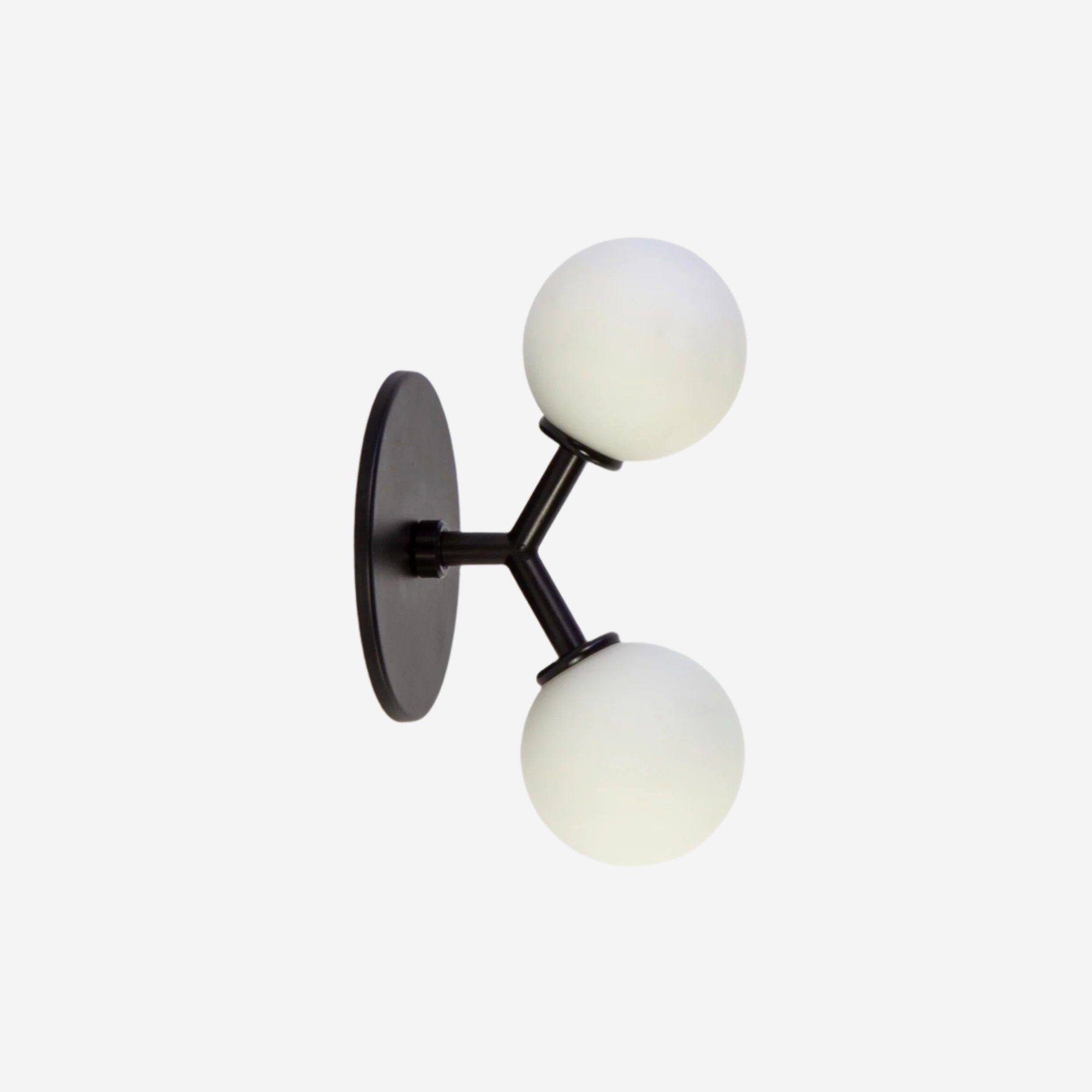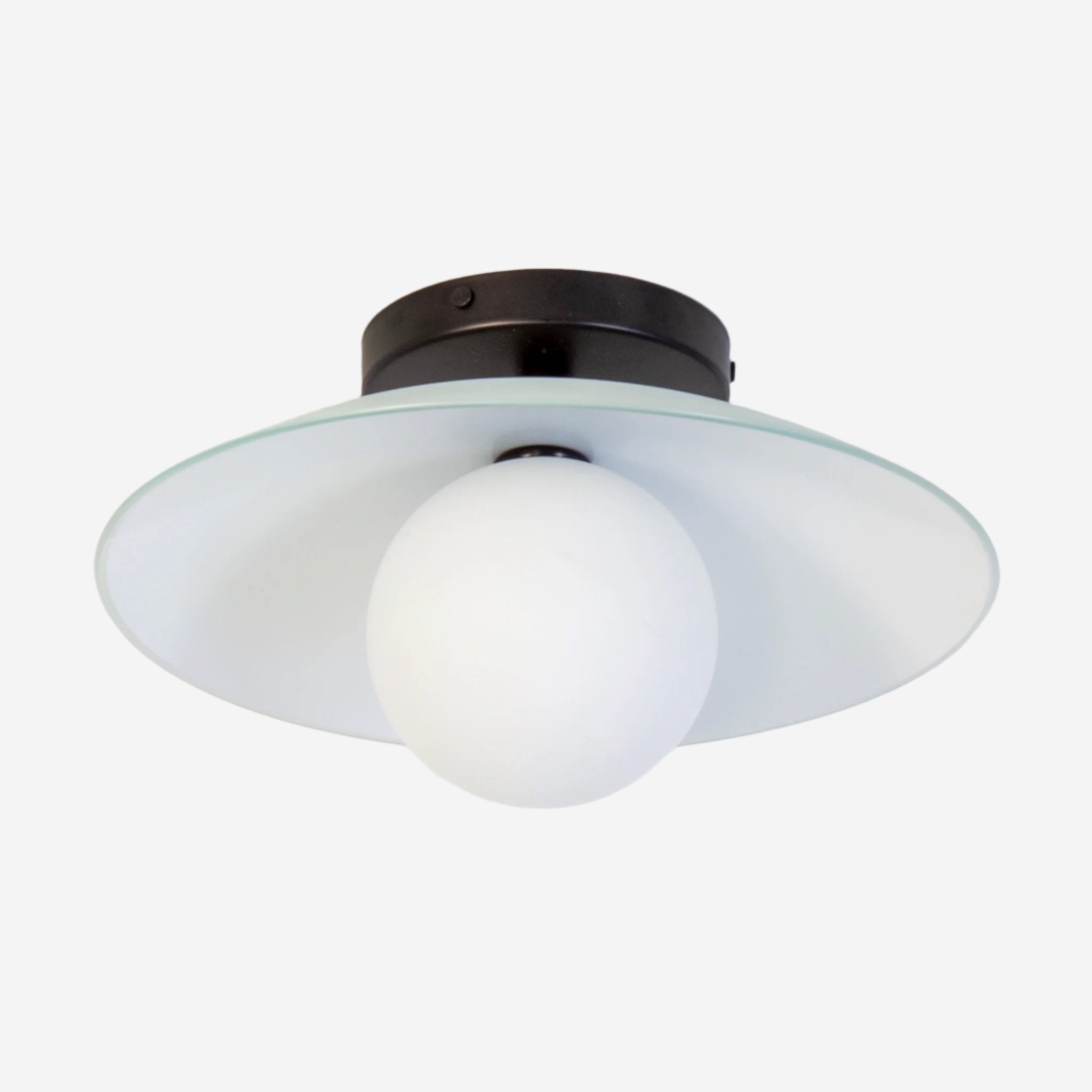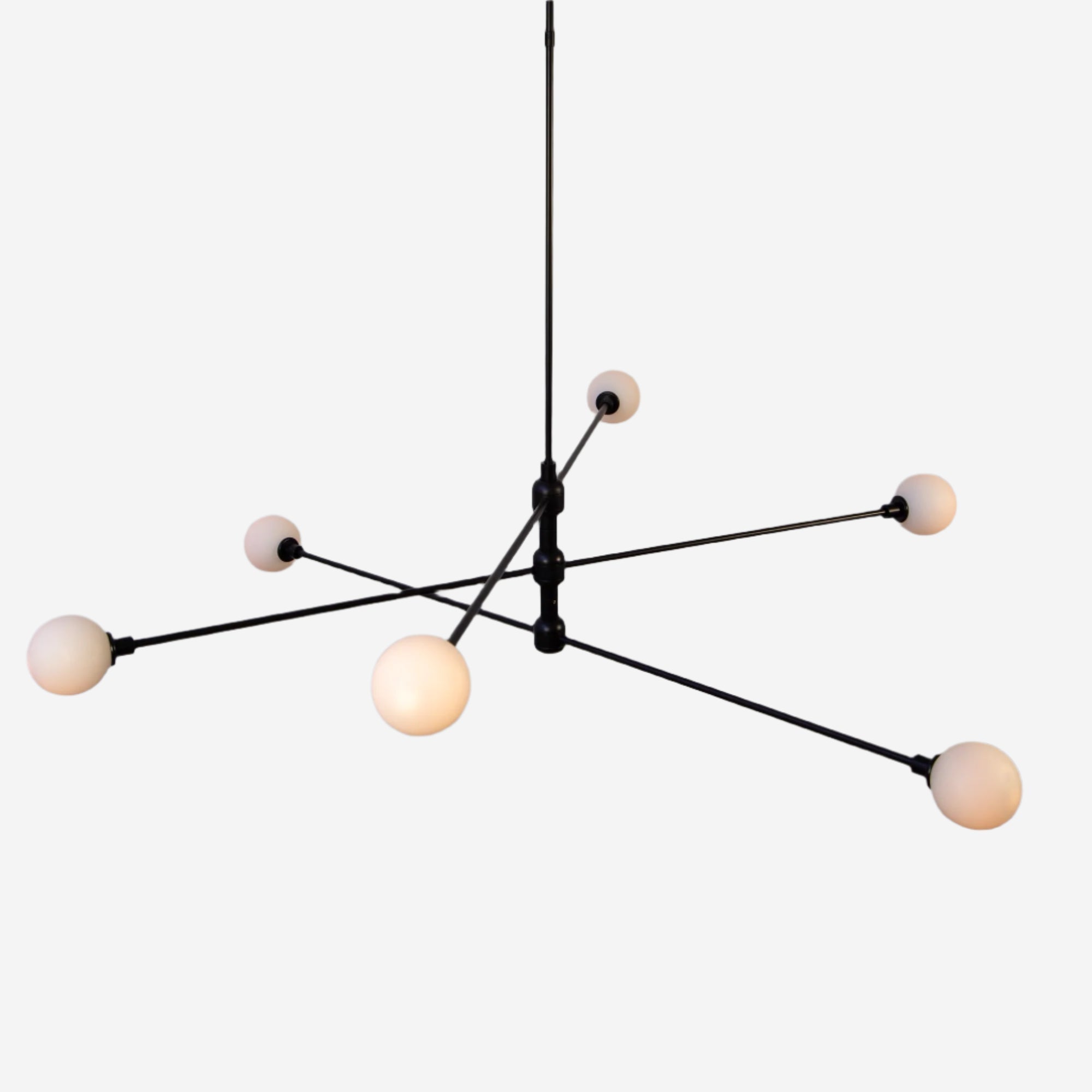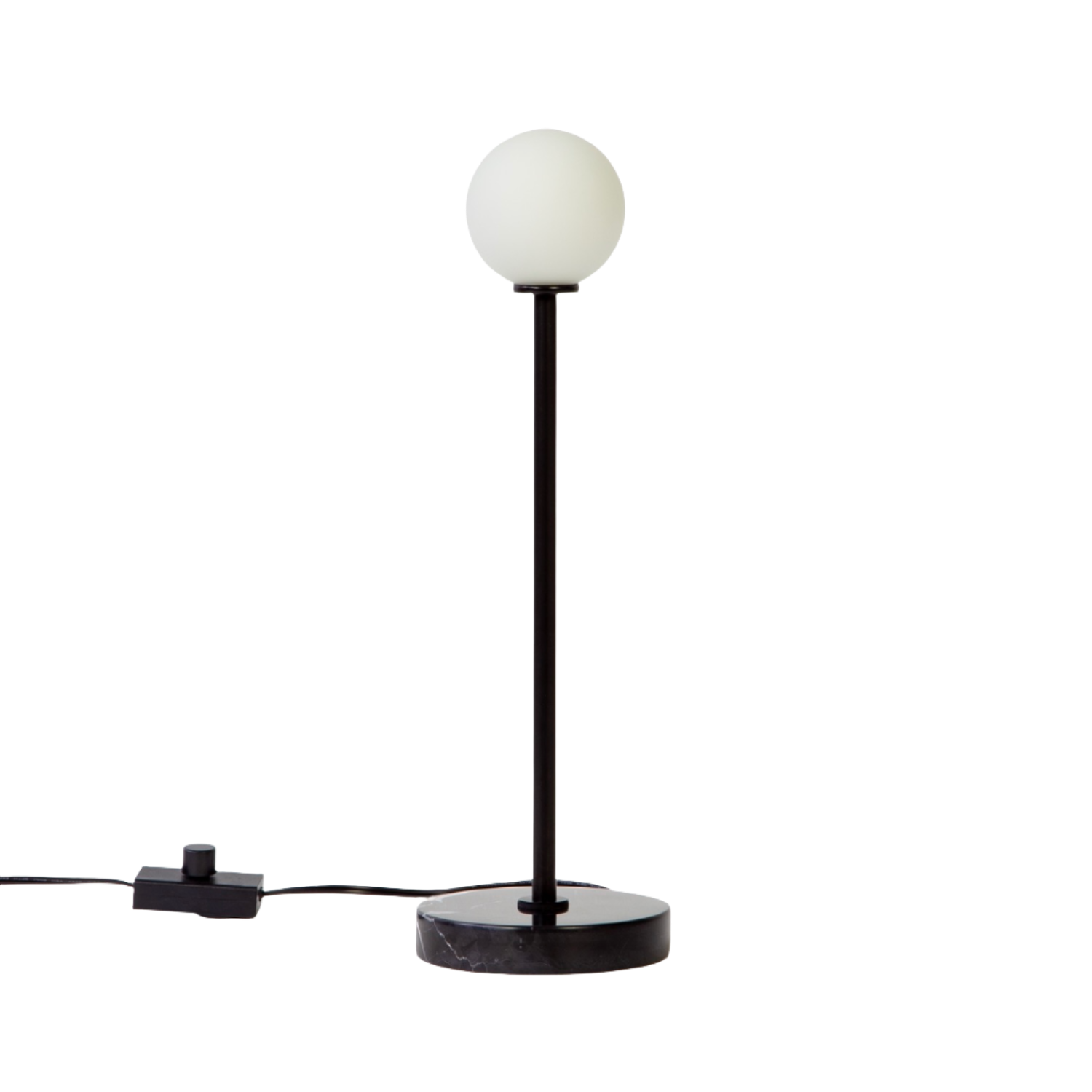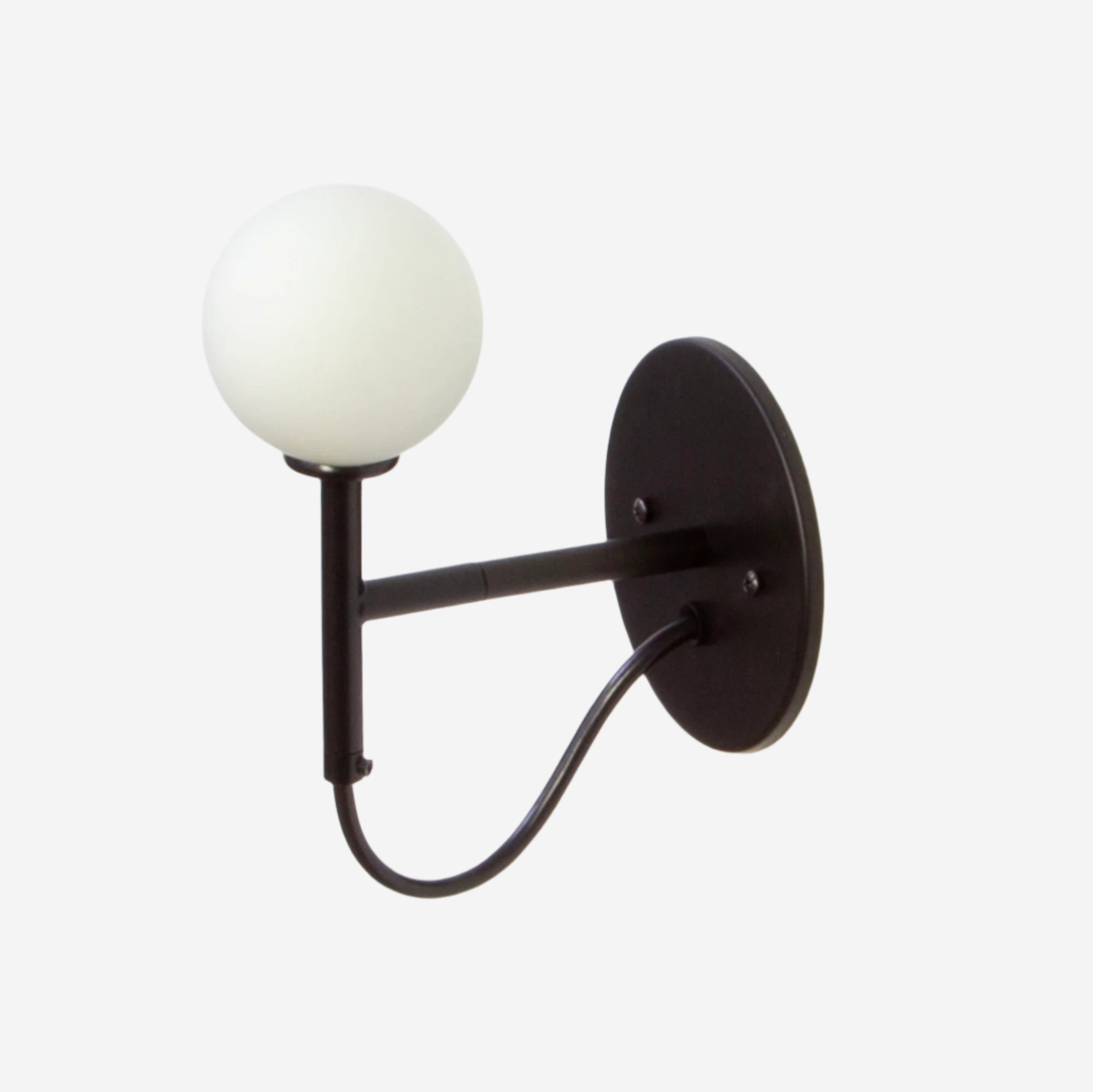
Wall Sconce Meaning: What is a Sconce?
At its most basic, a wall sconce is a wall light. That’s it. Not a lamp you set on a table, not a chandelier swinging from the ceiling, not a taste-y baked good. Just a light that lives on the wall.
A few centuries back, sconces were candle or torch holders. Picture dim castles with fire dripping wax down stone walls. Romantic in theory, smoky in practice (not to mention expensive). Thankfully, modern life ditched the open flames. Now sconces use bulbs or LEDs, but their purpose hasn’t really changed: light up a wall without needing a giant fixture overhead.
So what do they actually do? Sconces don’t flood a whole room. Instead, they add some rhythm, set the mood. A little glow here, a shadow there. Think of them as punctuation marks in the room; commas, exclamation points, maybe a semicolon if you’re feeling fancy.
Where do they go? Pretty much anywhere a wall exists, but the greatest hits are repeated on opposing sides of hallways, in stairwells, and beside a bed. Their height can vary; maybe 3/4 up the wall for a hallway - or a closer to eyelevel for a bedroom. Too high and they look like they floated away. Too low and suddenly you’re lighting your shins.
And about that name, “sconce.” Why so fancy? Well like many words in English, 'sconce' has early roots. Specifically, the word sconce derives from the latin word abscondere, which means 'to hide.' If you were alive when late Middle English was being spoken, (depending on where you were located), you'd call your covered, candle-lit lantern an esconse or sconsa. And now, centuries later, we're (currently) using 'sconce.'
Which is to say: a sconce is just a wall light. But saying “sconce” is way more fun.
For more definitions on all things lighting, see our Glossary of Lighting Terminology.



